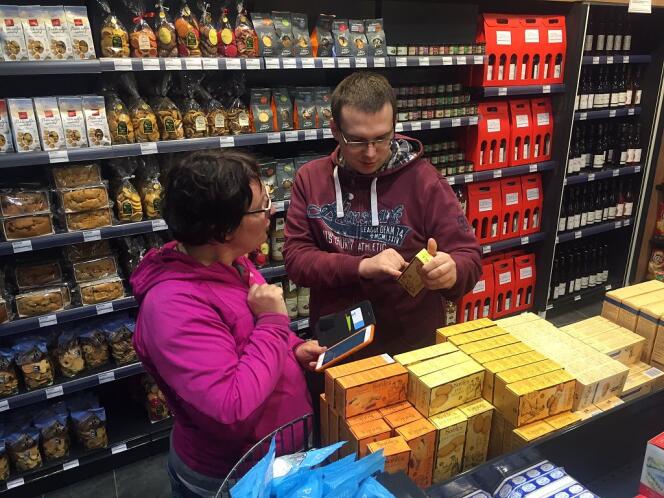Put an end to the obscure data tables and barbaric names on the back of products in our supermarkets. This is the mission that Stéphane Gigandet set for himself in 2012. This computer engineer from the Ecole Centrale de Nantes, who worked for Yahoo! in California, created the culinary blog portal Recettes de Cuisine. In his fight, he was quickly joined by Charles Nepote, data pioneer in France, former program director of a think tank specializing in digital transformations, and by Pierre Slamich, graduate of Sciences Po Paris in finance and strategy.
Outraged by the lack of transparency of brands, the three activists, armed with a website and a simple digital camera, decided to create their own database, citizen and accessible to all. Their objective: to give consumers the opportunity to know the products they are purchasing and allow them to easily compare them. “ It must be remembered that at the time, the Nutri-score nutritional classification had not yet seen the light of day, and that the only information available to consumers came from the brands’ marketing speeches.specifies Pierre Slamich today.
Faced with opacity in the food industry, hundreds of volunteers from the free software community are working to uncover preservatives and colorings hidden in the ingredient lists of products sold in supermarkets. Tartrazine (E102), quinoline yellow (E104) or Ponceau 4R (E124): these additives suspected of side effects or deemed dangerous for health soon have no more secrets for them. “ Initially, data entry was laborious.says Pierre Slamich. We identified 100, then 1,000, then 10,000 products starting with the most popular. Then, pretty quickly, we created an app to scan item barcodes. »
A more visible Nutri-score
Available on Android, from 2012, and on the App Store, a year later, the application was immediately designed to be crowdsourced, that is to say participatory collection. “The principle is very “librist”: when the citizen scans the barcode of a product, it is automatically added to the database, the information obtained benefits everyone”he adds. The application is free and its data open. “ We launched the project during the era of President Obama, our slogan was “Yes, we scan”. This was our philosophy: to give citizens the opportunity to act and no longer suffer. »
You have 48.34% of this article left to read. The rest is reserved for subscribers.
